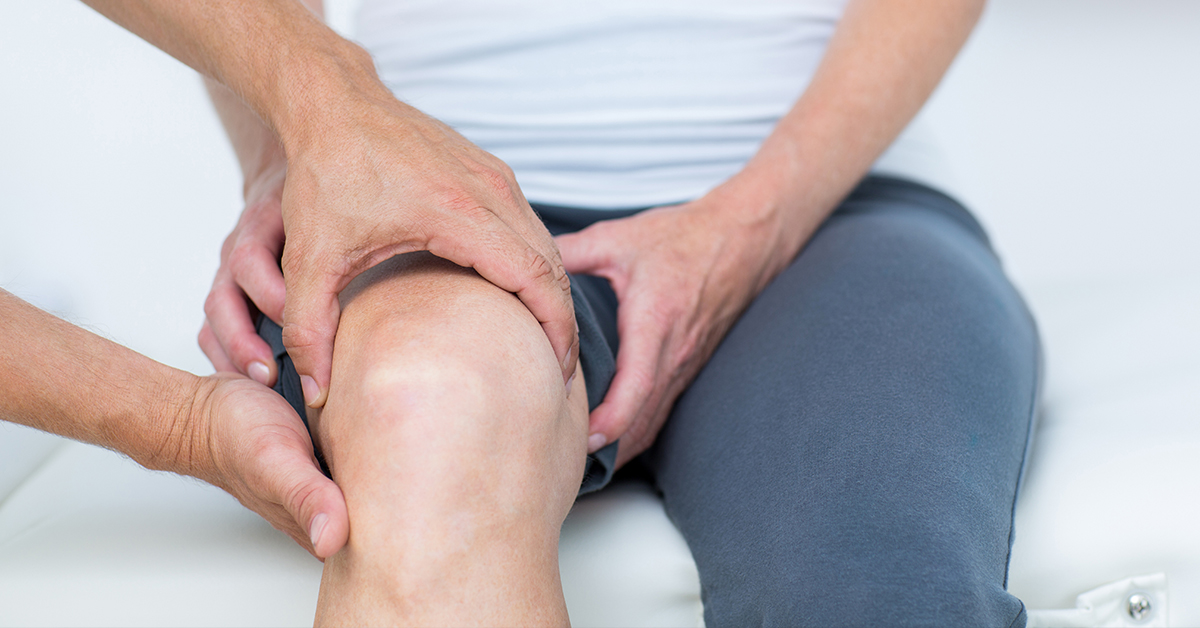
What is the ACL and How Do You Injure It?
The anterior cruciate ligament, or ACL, is one of four primary ligaments that hold the knee together. Ligaments are tissue that connect and hold bones together to provide stability in the knee. The ACL is located inside the knee joint, running diagonally in the middle of the knee and connecting the bottom of the thigh bone, or femur, to the top of the lower leg bone, or tibia. It is in charge of rotational stability in the knee, but it also prevents the tibia from sliding forward in front of the femur.
The ACL is one of the most injured ligaments in the knee. Many ACL injuries occur in conjunction with damage to other components of the knee joint, like cartilage, meniscus, or other ligament damage. Injury to the ACL happens most often in sports, but it can happen if the knee is hyperextended or forced to twist abnormally, whether from suddenly changing direction or stopping, slowing down while running, incorrectly landing while jumping, or direct contact or collision.
Who Needs Nonsurgical ACL Treatment?
Symptoms of a torn ACL vary, depending on severity. Many patients hear a popping noise, followed by the sensation of the knee "giving." Other symptoms might include painful swelling, impaired mobility and range of motion, and joint tenderness.To diagnose this condition, your doctor will complete a physical exam and review your medical history. X-ray, MRI, and other tests may be done to gauge the severity of the injury in order to determine the best course of treatment.
What are the Treatment Options?
Nonsurgical treatment options may vary depending on several factors, including the injury's severity and the patient's general health and physical activity level. In order to avoid growth plate damage, nonsurgical options may be preferred over surgical treatment if the patient has not finished growing. If the damage to the ACL occurs without making the knee unstable or if the patient has a very low physical activity level, conservative treatment like bracing and physical therapy are attempted first.
Nonsurgical treatment options may begin with rest, ice, compression, and elevation, or RICE. The intended benefit of each step of RICE is listed below:
- Rest may allow some time for the muscle fibers to heal.
- Ice pack application on the affected area may reduce swelling and pain.
- Compression with a wrap bandage may reduce painful inflammation.
- Elevation of the affected leg may help reduce any swelling.
Other nonsurgical treatment methods may include bracing, anti-inflammatory medication, and physical therapy exercises. Recovery time will vary, depending not only on the injury's severity, but also on the patient's adherence to prescribed physical therapy exercises. Rehabilitation will require dedication to stretching and strengthening exercises. Adherence to a rehabilitation program is very important for regaining normal mobility, strength and range of motion. Failure to adhere to your rehabilitation plan may increase the risk of further injury. If conservative treatments do not treat the problem or if the injury is severe or unstable, your doctor may recommend surgery.
